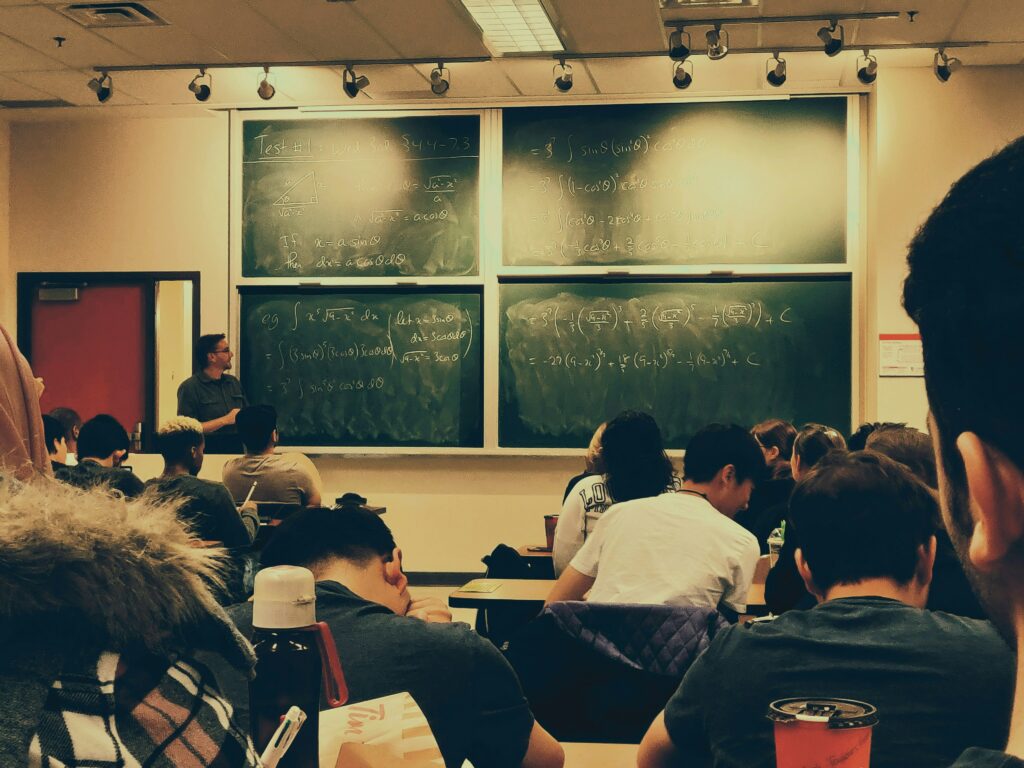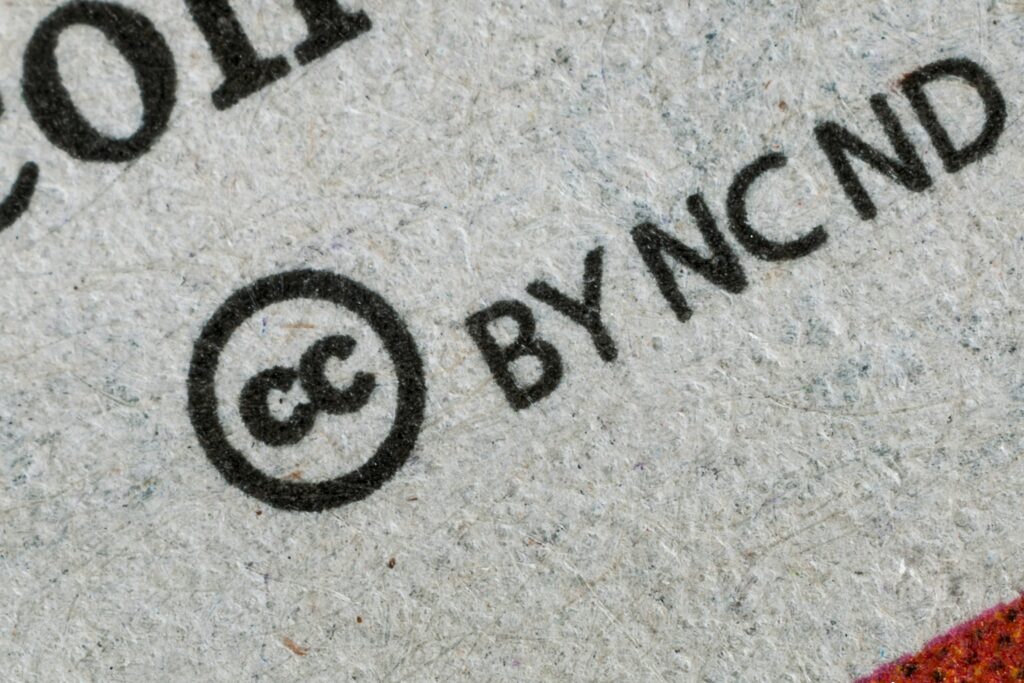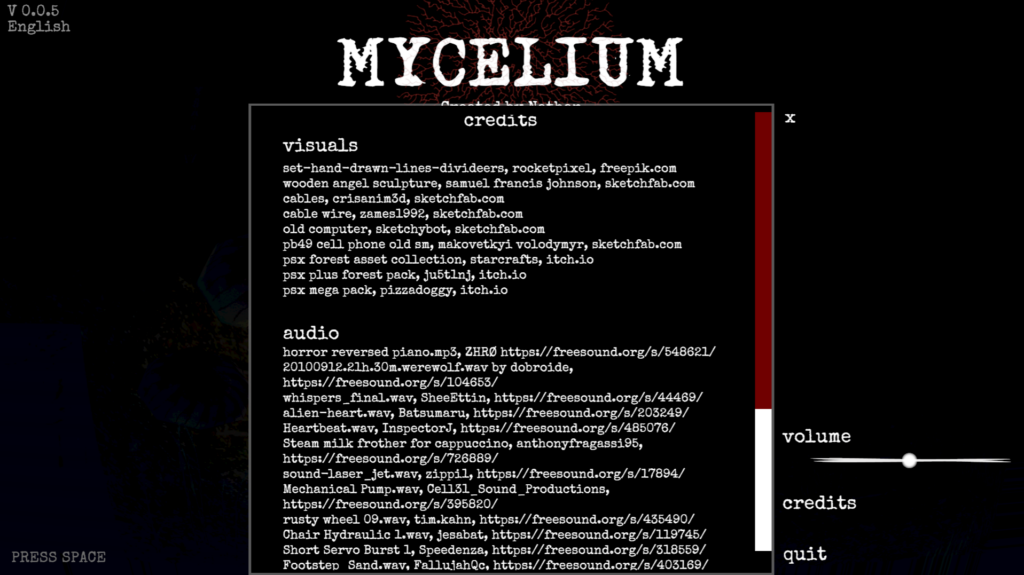Open pedagogy and open educational resources (OER) have played a big role in my educational journey since I was young. With the rapid pace of technology and the internet, online open educational resources have continued to grow at a similar rate.
Defining Open Pedagogy

Open pedagogy is an educational approach that emphasizes collaboration and sharing. Whether that is in a group of other scholars or by means of using openly licensed resources in your own work.
Traditionally, instructors act as the primary source of knowledge and deliver the information with methods like lectures and assignments. Students are expected to learn the material from the instructor and pass examinations to test their retention. Contrarily, open pedagogy is a dynamic where students are encouraged to be a contributor in the educational space of the classroom. This might look like project collaboration or participation in discussions.
Open Pedagogy in Practice
A great example of open pedagogy in practice is when Jessica Kruger created an assignment for her students to collaboratively make a textbook. She discusses more about the experience in the following video:
Jessica also touches on an important side-effect in her experiment. If she followed the original learning plan, which included using specific textbooks as learning resources, then students would have a financial obligation to purchase those textbooks. Jessica notes that “If students were waiting for something like financial aid to come in, they would be missing the first few weeks of content”. So not only did an open pedagogical approach to her classroom end up being a valuable framework for educating her students, it also created a more accessible learning environment as a by-product.
Creative Commons Licensing

Creative Commons (CC) licensing plays an important role in sharing educational content. Even within this blog post, some images used are licensed with CC-BY, which means that they are free for use as long as author attribution is given.
In general, CC licenses are a set of licenses that allow creators to share their work publicly under certain conditions. They are essential to open educational resources because they enable educators and learners to freely access teaching materials and even modify their own copies without legal risks or fees. CC licensing creates a collaborative learning environment where sharing is encouraged, and financial barriers are removed.
In my own personal experience with game development, I have relied heavily on assets that use CC licensing. This was especially important for a game I worked on during a “game jam”– an event where participants are given a limited amount of time to create a game and submit it from scratch. Without CC licensed textures, sounds, and 3D models, I would not have been able to create a game with nearly as high fidelity as I ended up doing. I lack the skills to create good sound effects and music tracks or create good looking textures quickly, and CC licensing helped me compensate for that so I could focus on what I am good at— the programming.


Leave a Reply